Undergrad Final Year Project
Intro
Back in 2022 when I was in the final year of my undergrad (Maths and Computer Science at the University of Bristol), I undertook an individual project. I was free to choose the subject and direction, and so I chose to do something that links my interest in music to programming. This is what I came up with!
Thanks to my supervisor Dr Pete Bennett for steering me in some cool directions that I never would have found by myself!
A note on accessibility: Much of the stuff I made for the project has interfaces build within p5.js. Unfortunately this makes them very hard to access unless you can use a mouse and can read the onscreen text. These days I know better!
The Inspiration
If you're a music nerd like me and frequent the youtube music theory rabbit hole, you may have come across the new trend of drawing pictures and text using midi on a piano roll. (a forewarning, I will attempt not to use too much jargon, but sometimes it is the quickest way to explain things). The earliest example I know of (Feb 2017) is Savant’s Bird in the Rain, which both looks and sounds delightful. Andrew huang made a great video about his own version and the creative process behind it. Recently, people have taken the idea further by performing these sequences live, so that the audience can watch the drawing unfurl before their very eyes in real time. Some good examples are Jacob Collier’s Happy 2021, and GLASYS' Pacman drawing.
Baroque Midi Bird pic.twitter.com/8WmoAerz75
— Savant (@SavantOfficial) February 22, 2017
Inspired by this new “genre” exploring the synergy between audio and visuals, I set out to create an app that does the inverse of this. The app will take a photo of a drawing on a piece of paper and convert those lines into pitch information. Hopefully, using a few musical tricks, the output will sound melodious! At the very least, the app can serve as an inspiration tool, generating melodies that you might not have thought of otherwise. I called the app draw music!
Experimenting in P5.js
I knew I wanted to host the app on the web, and at the time I was well acquainted with a library called p5.js, which was easy to develop interactive graphics for websites. So I decided that my app would be implemented using it (though I now realise I should have created the majority of the UI using standard html).
However, before diving in to the main project, I began tinkering with some mini projects which allowed to me to become acquainted with p5.js, as well as its sound and image libraries and see what kind of interactions the user can have. Here they are - have a play!
-
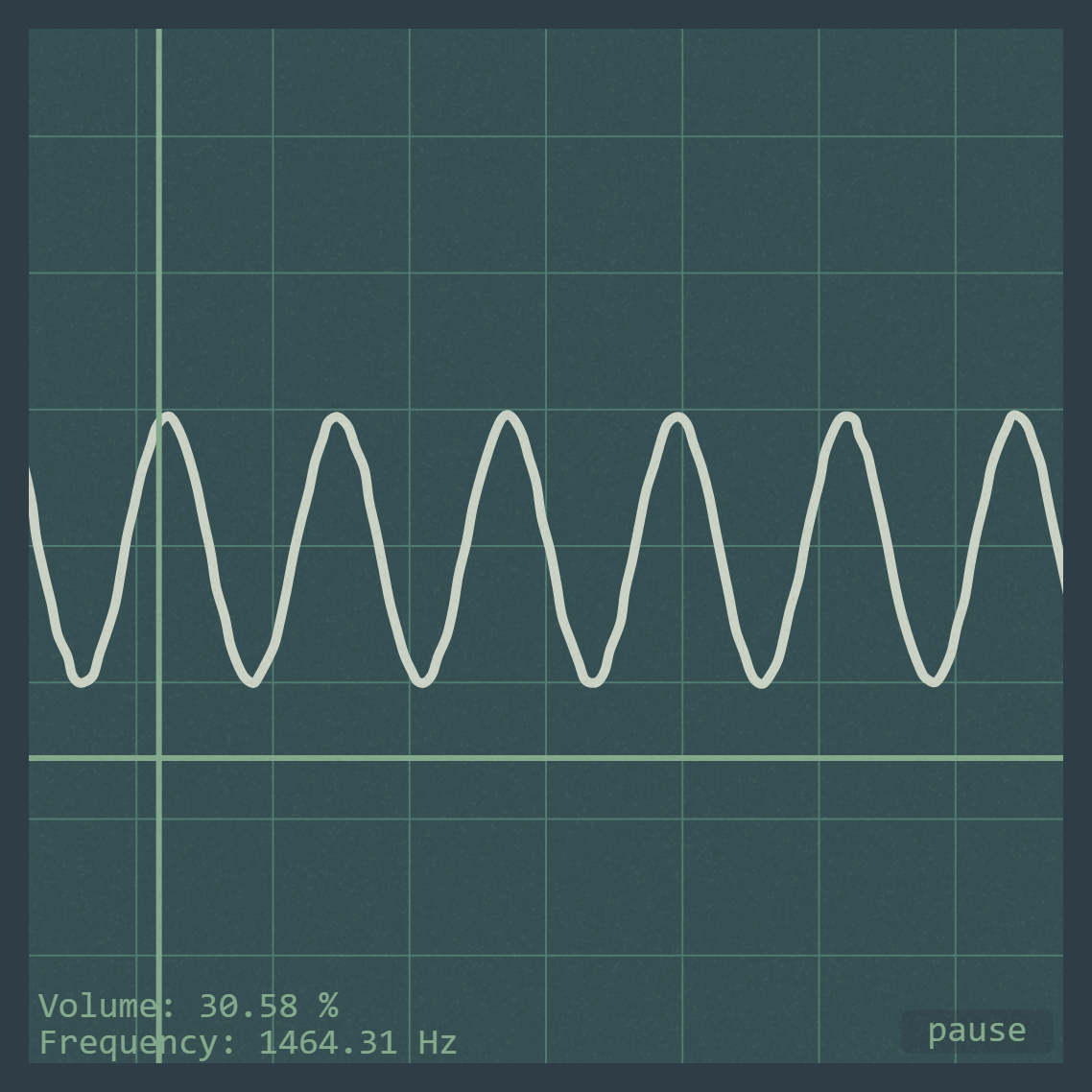 Simple Oscillator
Simple Oscillator
-
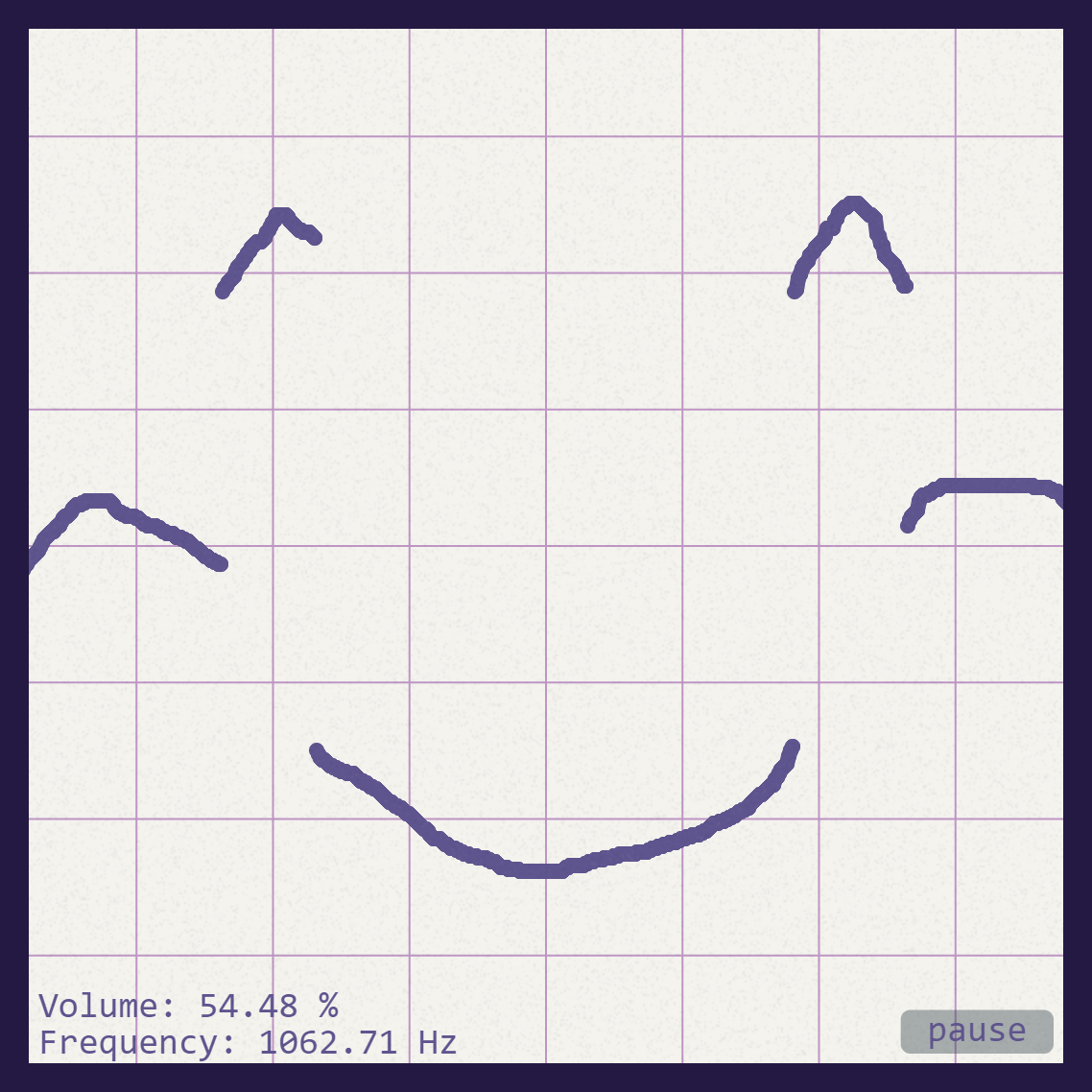 Smooth Sequencer
Smooth Sequencer
-
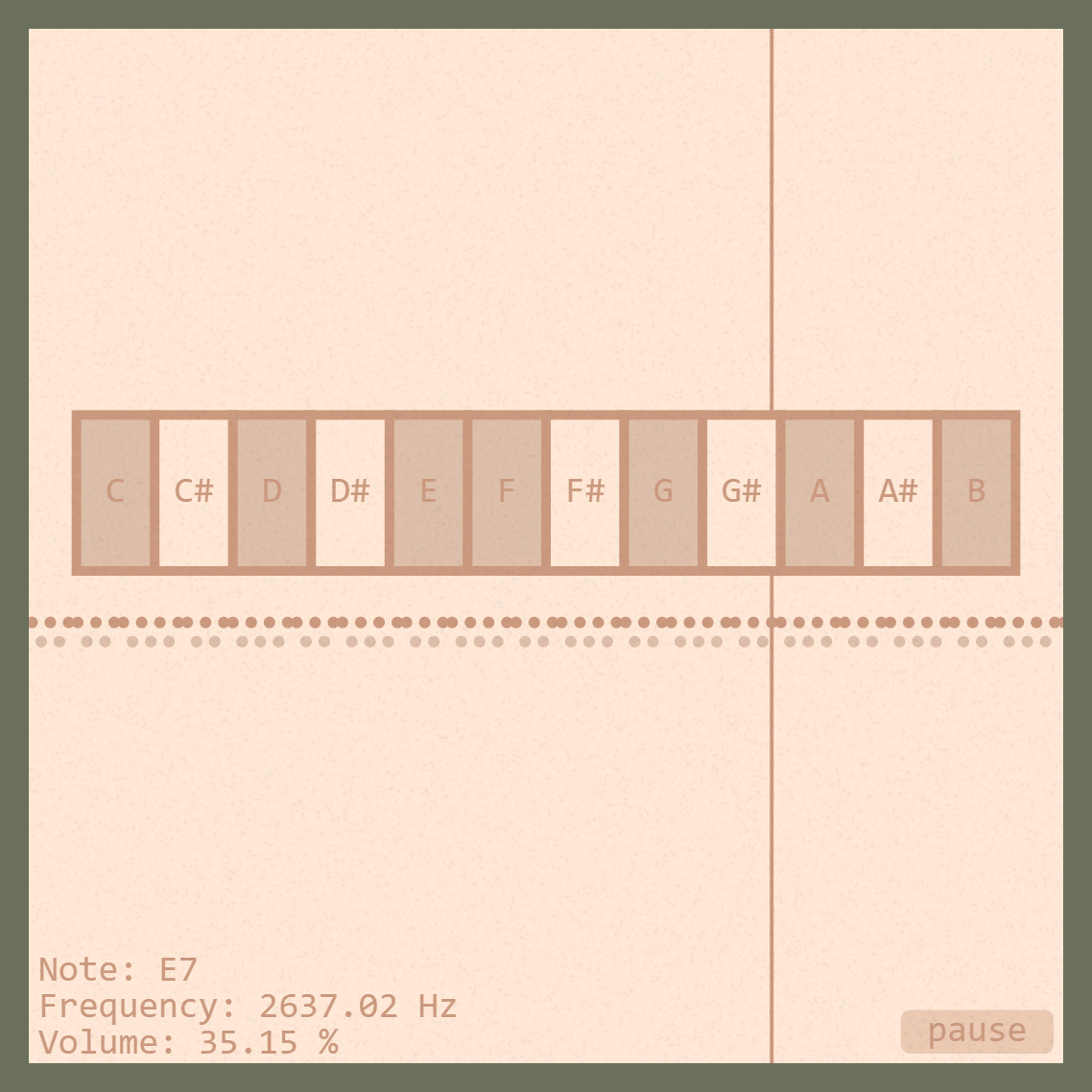 Scales
Scales
-
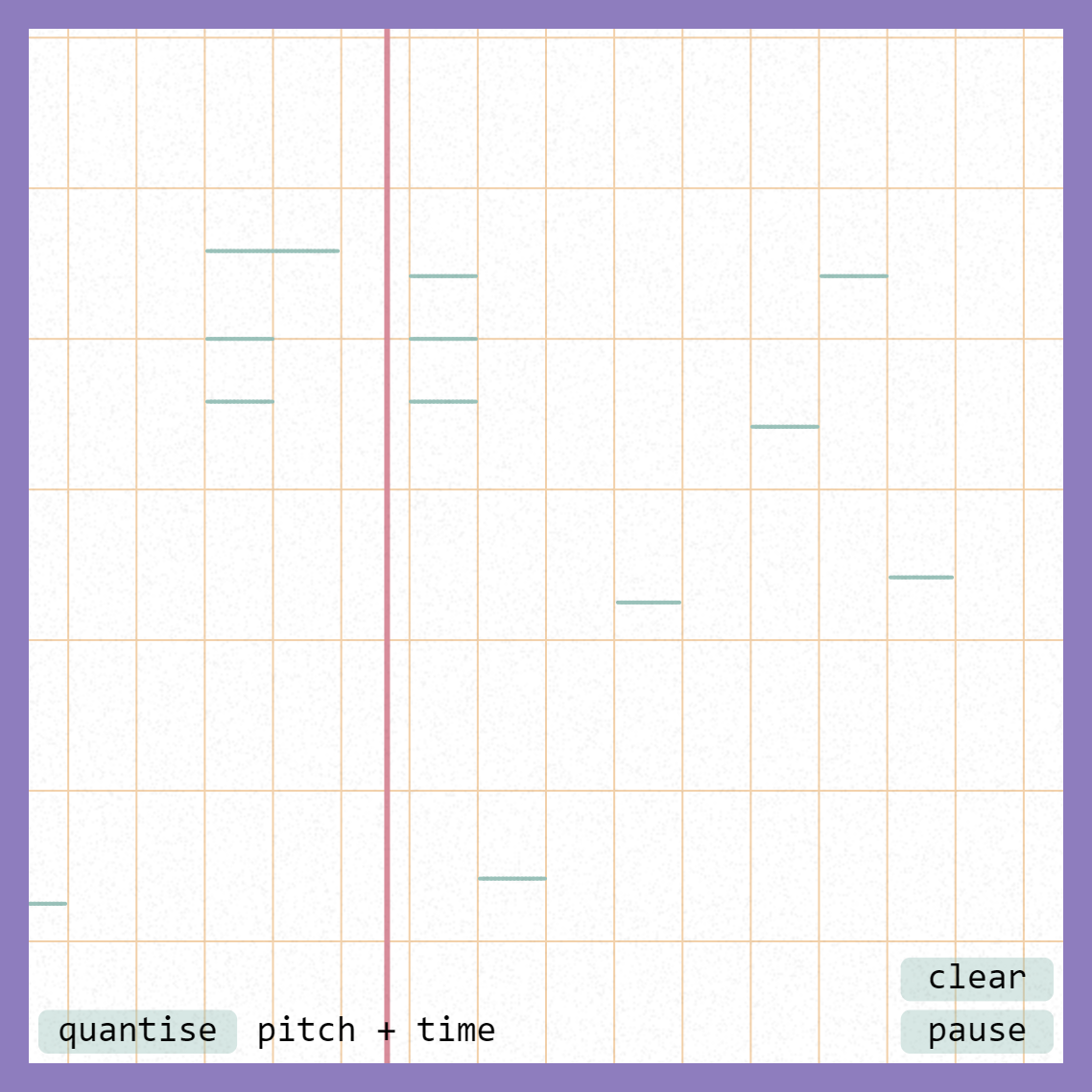 Polyphonic Sequencer
Polyphonic Sequencer
-
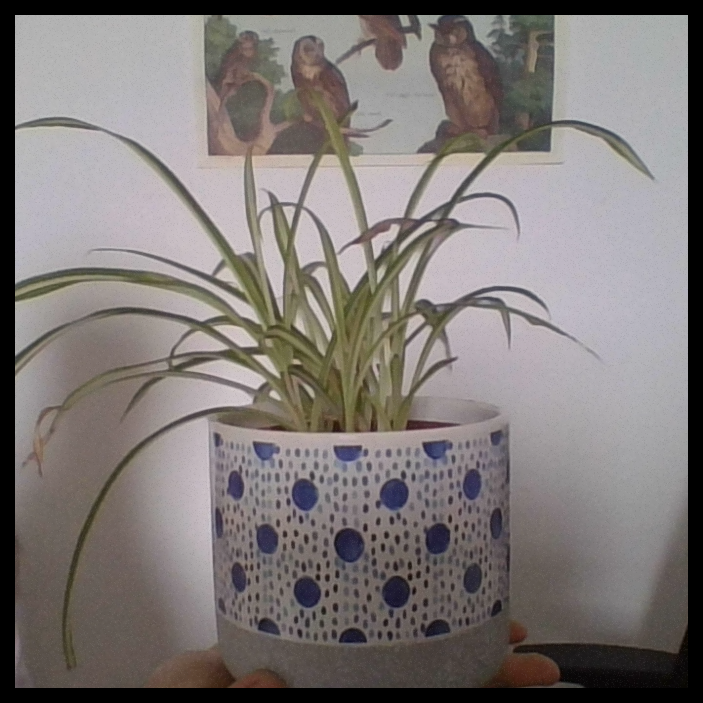 Camera
Camera
-
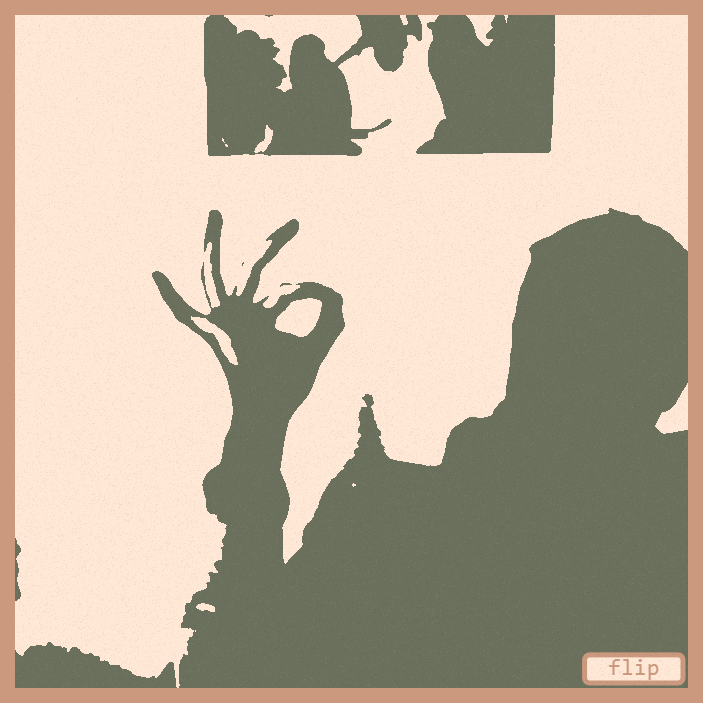 Threshold Camera
Threshold Camera
-
 Image Filters
Image Filters
-
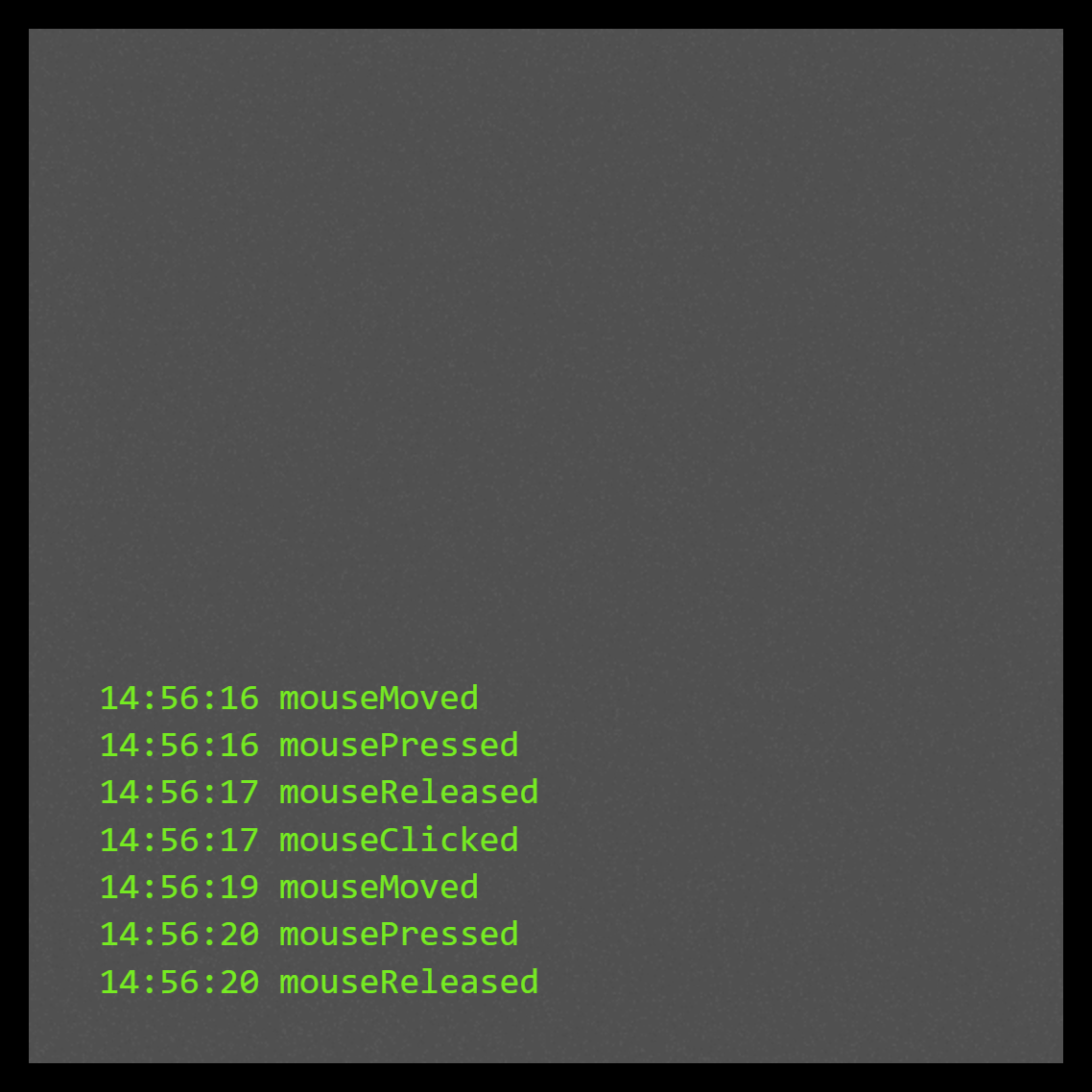 Event Log
Event Log
-
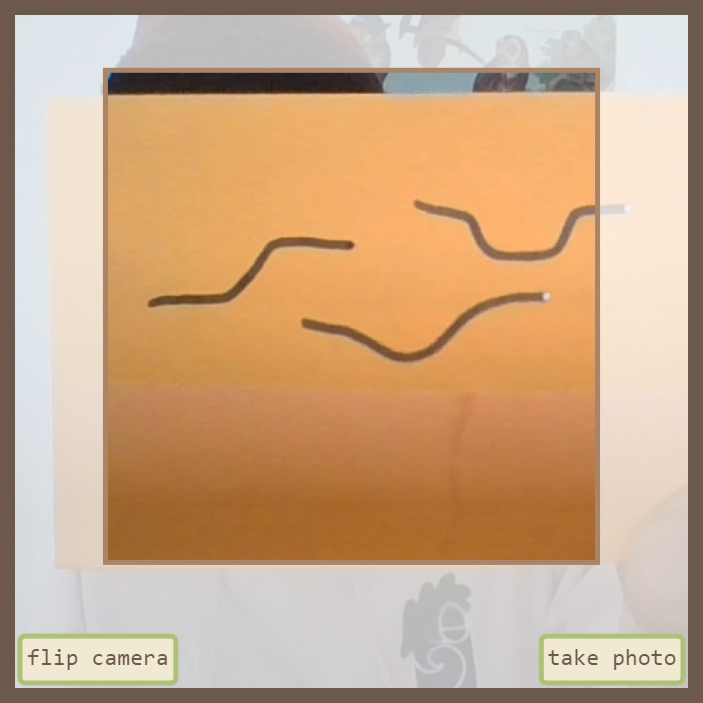 Image Conversion
Image Conversion
By the way, all the source code for the experiments as well as the finished app can be found on GitHub.
draw music!
Finally I was ready to implement the app itself, using all the things I'd learned whilst creating the experiments. I worked on polish, and had a particular focus on allowing it to work on both desktop and mobile. Given the UI was build from scratch within p5.js, this required a lot of maths!
Without further waffle, here is the app:
The Study
The app was cool, but not enough to get a good grade. So I took the project in a research direction. I collected some participants to test the app with the goal of answering the question: "Does draw music! act as a good interface for non-musicians to create music?".
The participants (who mostly comprised of my uni buddies) were directed to the participant welcome page, and told to use the app for a week, with a couple of goals in mind. At the end of the study, I interviewed each of them to find out about their experience.
The Write-Up
The writup of the project was the deliverable bit of work that would be assessed. It is fully fleshed out with a history of graphical user interfaces, implementation details and study outcomes. I'm pretty proud of it.
The Feedback
In the end my project scored a nifty 77% which I was chuffed with. While the app was fun to create and play around with, ultimately it was neither very useful or technically impressive. I think what made up for it was the clean and thorough write-up which I was particularly proud of.
Reflection
As I write this it is April 2024, two years since completing the project. Since entering the software industry I have made great progress on a technical level. It is amusing to look back on this project and remember the trials and tribulations, the setbacks and how daunting the tech seemed to me at the time. While my theory was very strong, Uni never was great for building up my practical skills.
It would be very interesting to see how the project would differ if I were to complete it now with my newfound industry skills. For starters I would make the app using a normal framework. P5.js is great for making small interactive elements and generative art, but it was not designed for building whole UIs from scratch. I had to implement buttons from scratch - talk about reinventing the wheel! Using a frontend framework would save me lots of time and effort, not to mentioning resolving a myriad of accessibility issues (which I was not aware of at the time). Further, it would have allowed me much more freedom to optimise how the app works behind the scenes. I touch more on this in Chapter 6 of the write-up.
The hilarious secret behind this project is that I did all the development in a website called OpenProcessing. It's a great platform for sharing p5.js creations, and even contains an extremely lightweight web-based IDE. Nifty indeed... But not so effective for developing a larger project over a long stretch of time. Looking back, it's franky a miracle that I completed the project without version control, debugging tools or even intellisense. I may as well have coded in notepad! I have come to understand and thank the heavens for proper software tooling now that I develop software full-time. I do, however, recommmend having a go at p5.js, and OpenProcessing is a great and quick way to tip your toe in. And while we're here, I may as well plug my own OpenProcessing account page.
While it is fun to laugh at my past self and pity his naivety, I'm still proud of the project. I managed to create something quite cool in only a handful of months, whilst juggling other uni modules and the busiest social life I'd yet seen at Uni. Here's hoping that I get to explore this fun intersection of music and software again!
 draw music!
draw music!